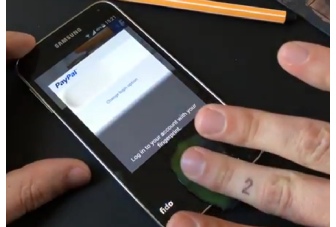Hidden in the Twittersphere are nuggets of information that could prove useful to crime fighters — even before a crime has been committed.
 Researchers at the University of Virginia demonstrated tweets could predict certain kinds of crimes if the correct analysis is applied.
Researchers at the University of Virginia demonstrated tweets could predict certain kinds of crimes if the correct analysis is applied.
A research paper published in the scientific journal Decision Support Systems last month said the analysis of geo-tagged tweets can be useful in predicting 19 to 25 kinds of crimes, especially for offences such as stalking, thefts and certain kinds of assault.
The results are surprising, especially when one considers that people rarely tweet about crimes directly, said lead researcher Matthew Gerber of the university’s Predictive Technology Lab.
Gerber said even tweets that have no direct link to crimes may contain information about activities often associated with them.
“What people are tweeting about are their routine activities,” Gerber told AFP. “Those routine activities take them into environments where crime is likely to happen.
“So if I tweet about getting drunk tonight, and a lot of people are talking about getting drunk, we know there are certain crimes associated with those things that produce crimes. It’s indirect.”
For the study, Gerber and his colleagues analysed tweets from the city of Chicago tagged to certain neighbourhoods — measured by individual square kilometres — and the city’s crime database.
They then looked forward and were able to make useful predictions about areas where certain crimes were likely to occur — something which could be helpful in deployment of police resources.
“This approach allows the analyst to rapidly visualise and identify areas with historically high crime concentrations,” said the study.
“Future crimes often occur in the vicinity of past crimes, making hot-spot maps a valuable crime prediction tool.”
In recent years, the idea of “predictive policing” has gained momentum, with police departments relying on “big data” analytics from companies such as IBM.
This research comes on the heels of other studies showing how tweets can be analysed to predict elections, disease outbreaks and other important events.
Gerber said Twitter data can be relatively easy to use because tweets are publicly available, and many of them are tagged with location information.
In addition, researchers, themselves, do not need to go into the high-crime areas to study the information.
Instead, “I send our algorithms to these locations and see what people are talking about,” Gerber said.
“The computer algorithm learns the pattern and produces a prediction.”
The study was funded by the US Army, which Gerber said uses similar techniques to determine threats in places such as Iraq and Afghanistan.



